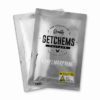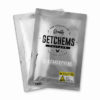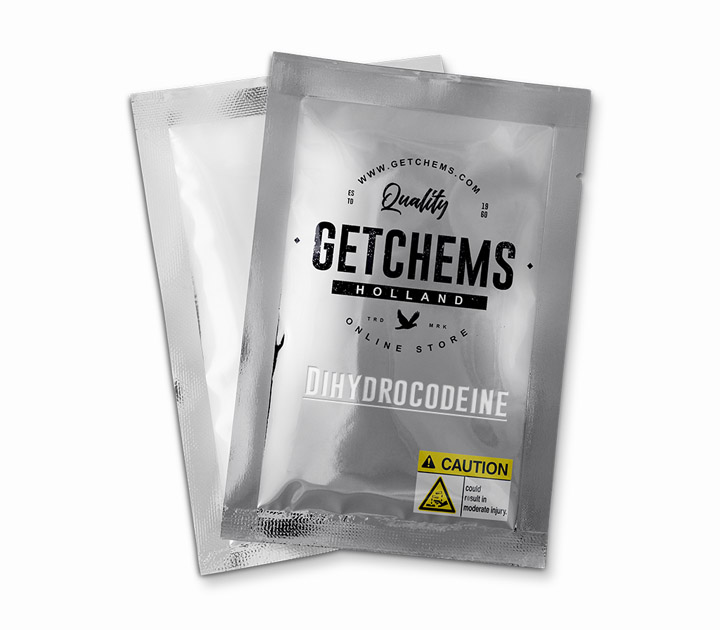No products in the cart.
Dihydrocodeine
€10.15
Buy Clean and pure Dihydrocodeine [>95.5%] direct from our online shop
Shipping to USA, EU, NZ, AU *
*for research purposes only. human consumption is against our terms of service.
dihydrocodeine exerts its effects by binding to and activating the μ-opioid receptor. this occurs because opioids structurally mimic endogenous endorphins which are naturally found within the body and also work upon the μ-opioid receptor set. the way in which opioids structurally mimic these natural endorphins results in their euphoria, pain relief and anxiolytic effects. this is because endorphins are responsible for reducing pain, causing sleepiness, and feelings of pleasure. they can be released in response to pain, strenuous exercise, orgasm, or general excitement.
| bulk discount: | |
| 1 Gram | 10.15 |
| 3 Grams | 23.00 |
| 5 Grams | 31.50 |
| 10 Grams | 61.00 |
| 25 Grams | 139.50 |
| 50 Grams | 254.00 |













MijndertE –
MikeK –
MattyH. –